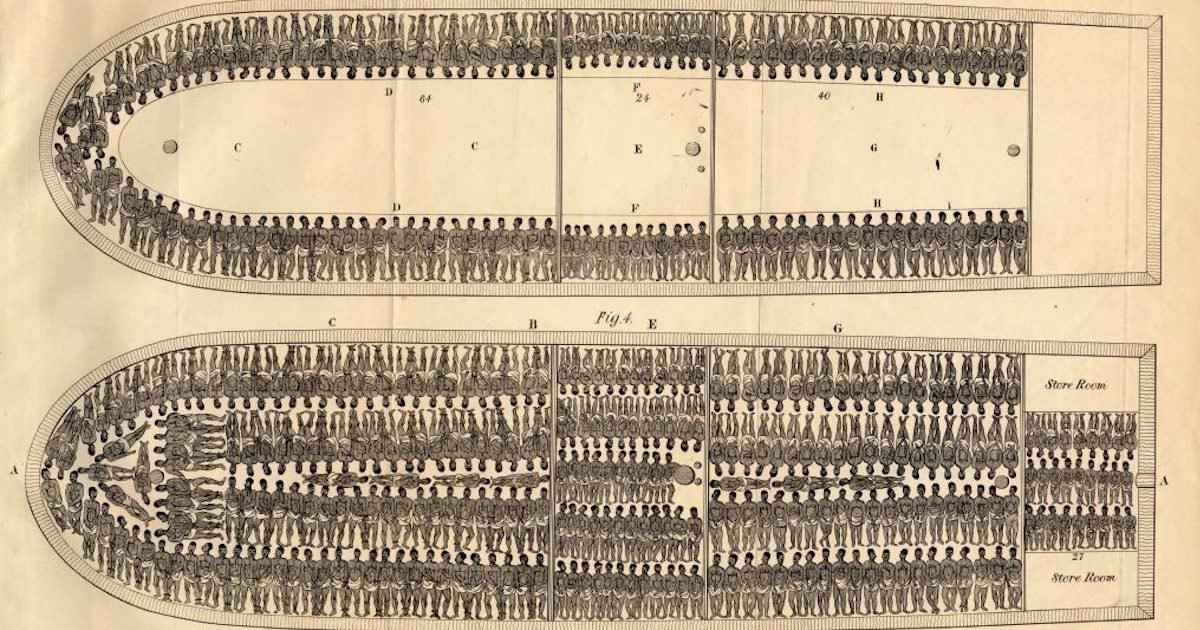[ad_1]
Impossible is just a big word thrown around by small men who find it easier to live in the world they’ve been given than to explore the power they have to change it. Impossible is not a fact. It’s an opinion. Impossible is not a declaration. It’s a dare. Impossible is potential. Impossible is temporary. Impossible is nothing.” — Muhammad Ali
“We need to exert ourselves that much more, and break out of the vicious cycle of dependence imposed on us by the financially powerful: those in command of immense market power and those who dare to fashion the world in their own image.” — Nelson Mandela
The most enduring consequences of the migration for the migrants themselves and for the receiving communities, were the development of racism and the corresponding emergence and sustenance of an African-American community, with particular cultural manifestations, attitudes, and expressions.
The legacy is reflected in music and art, with a significant influence on religion, cuisine, and language, according to Paul E. Lovejoy, a distinguished research professor and Canada Research Chair in African Diaspora History at York University in Toronto.
“The cultural and religious impact of this African immigration shows that migrations involve more than people; they also involve the culture of those people,” Lovejoy said in a recent post about the creation of the African diaspora.
The National Newspaper Publishers Association (NNPA) has launched a global news feature series on the history, contemporary realities and implications of the transatlantic slave trade. This is Part 9 in the series.
[ad_2]
Source link
Warning: Undefined variable $post in /var/www/wp-content/themes/newsup/inc/ansar/hooks/hook-index-main.php on line 117

